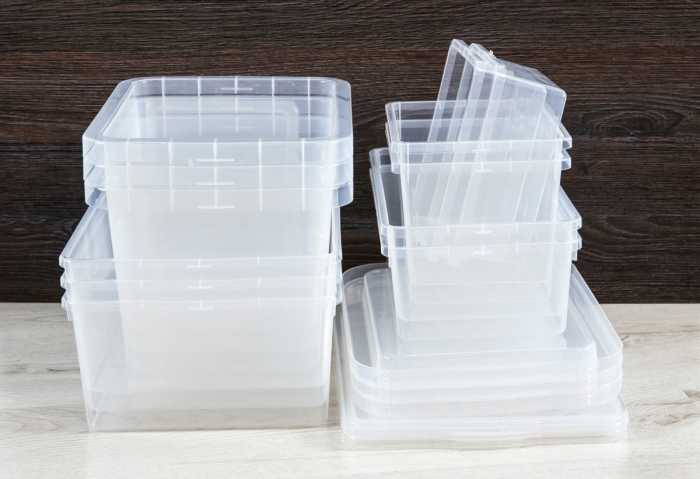Packaging testing services


Chemical safety of packaging materials
Our service selection includes the tests required to show that food, pharmaceutical, and cosmetics packages meet regulatory chemical purity criteria. These include:
Overall migration testing to measure the sum total of substances that may migrate from the material to the product
Specific migration testing to measure the transfer of individual high-risk substances
NIAS screening of non-intentionally added contaminants, breakdown products, and side products
Extractables and leachables (E&L) testing to quantify contaminants that may leach from pharmaceutical packaging
In terms of specific high-profile contaminants, we provide analyses to screen packaging materials for phthalates, PFAS compounds, nitrosamines, and various other restricted chemicals.
Single-use plastic food contact materials (FCM) – EU compliance testing package
Overall migration testing – simulant A, B, D2 (all foodstuff)
Phthalates analysis package (REACH)
PFAS in plastic, paper, and other solid materials (165 compounds)
Release of N-nitrosamines and N-nitrosable substances
Mineral oil hydrocarbons (MOSH/POSH and MOAH) - migration/extractable content
Specific migration testing – elements in Annex II of Commission Regulation (EU) No 10/2011
Extractables and leachables in pharmaceutical packaging (USP 1663 & USP 1664)
Prices excluding VAT.

Assessment of barrier properties
Packaging with excellent barrier properties is essential for maintaining the quality of food, cosmetics, and other products prone to spoilage. We offer the following WVTR, OTR, and CO2 transmission rate tests to ensure sufficient protection against moisture, oxygen, and carbon dioxide:

Testing to validate sustainability claims
Recent years have seen several EU initiatives to address the environmental impacts of the packaging industry, including a new Packaging and Packaging Waste Regulation (PPWR), which sets strict requirements for reuse and recyclability.
Our services for validating green claims in the packaging industry include:
Biobased content testing by ASTM D6866 and EN 16785-1 standards
Recyclability testing of paper and board packaging by European industry standards
Biodegradability and compostability testing, covering home compostability, industrial compostability, and biodegradation in soil and marine environments

Mechanical and thermal testing
Some of our most popular tests for assessing the durability of packaging materials under various types and intensities of mechanical stress include the following:
To optimize performance in high- and low-temperature conditions, we offer the following standardized tests:
We also offer a range of additional mechanical and thermal tests on a case-by-case basis. Do not hesitate to contact us for more information.
One partner for all your packaging testing needs
By consolidating all your outsourced packaging testing with Measurlabs, you gain efficiency, consistency, and expert support. From chemical safety testing to durability and sustainability assessments, we ensure your packaging complies with regulatory requirements and customers' quality specifications. All without the hassle of managing multiple service providers.
Request a quote
Fill in the form, and we'll reply in one business day.
Have questions or need help? Email us at info@measurlabs.com or call our sales team.
